Leaving Karuli, we had another few hours drive on the highway to Agra. The road rules here are similar to ours, but the adherence to them is completely different! Motorcycle helmets are rarely worn, people drive on the wrong side, and vehicles are packed beyond the rafters! While about 23,000 people die each year on Indian roads, it’s proportionately significantly fewer than in Australia.
Bear in mind, these vehicles are going at 100km/h, or surrounded by them…
Our first stop for the day was Fatehpur Sikre, the site of a palace built by the Maghul King Akbar in 1571, taking 30 years to build. Again, it features the Indo-Persian architecture and red sandstone that the region is famous for.
King Akbar had 3 wives – 2 Muslim and 1 Hindu, and 3000 concubines. The Hindu wife gave him his only son, and was therefore considered more highly than the other two, and received the largest palace.
In the centre of the palace, the Punch Mahal stands 5 stories high. The king would sit at the top and be entertained by a giant game of ludo, where ladies in transparent clothing were the pieces. The winner spent time with the King.
In front of the Punch Mahal is a school for the children of the palace and the army. Akbar became King at 13, so never learned to read or write, and relied on others to do this for him. As a result, he was committed to education for all children.
Akbar’s bedroom has one of the largest beds – sitting about 6 foot off the ground, concubines would dance underneath it in Winter, and it would be flooded underneath to stay cool in Summer.
The detail of the stonework in this palace is magnificent. This whole wall is carved with geometric patterns, with a line of decorative earrings through the middle. The carvings are on ceilings, eaves, walls, pillars… Stunning.
In the public area of the palace, a lone stone sits in the centre of a grassy area. This is the site of 64 deaths at the palace… death by elephant stamping! The elephant was considered so highly for his accuracy and stamping prowess that a tower monument was built for him just outside the palace. Ugh.
Agra is the site of the Taj Mahal, one of the 7 wonders of the modern world. It was built in 1632 by the Mughal Emporer Shah Jahan to house the tomb of his favourite wife, Mumtaz Mahal, who died giving birth to their 14th child at age 35.
Mumtaz had always requested three things after her death – that Shah Jahan would never marry again, that he would treat the children equally, and that he would build a mausoleum that would ensure the world would remember her. I think the Taj Mahal ticked the last box!
The entry is via an enormous red sandstone gate, which hides one of the most stunning buildings we have ever seen.
The Taj Mahal is made entirely of the highest quality translucent marble, which is said to change colour in different light. It was built beside the Yamuna river as the moisture helps keep the marble in pristine condition.
The design is symmetrical, with a long pond down the centre, a red sandstone mosque to the left, and an unused guesthouse to the right. The king wanted the site to be not-quite perfect, as perfection is only for the Gods, so he left a tiny hole in the roof which lets water in if it rains. The 4 minarets are built on a slight angle, so if there was ever an earthquake they would fall away from the tomb.
Inside, the marble is inlaid with precious and semi-precious gems, in stunning but simple patterns featuring the lotus flower and jasmine.
As the sun set, it seemed to glow. Absolutely amazing.
Many Indians visit the Taj Mahal on their honeymoon, as it is one of the most special places in the country. Professional photographers accompany couples and families to capture the moment, so there are people posing for photos throughout the site.
..and then there are those who just want to pose for photos with the westerners. I hate to imagine how many facebook feeds we appear on at the moment!
All in all, it’s a magnificent place, and it’s a privilege to have visited here…
Love theBunchxx
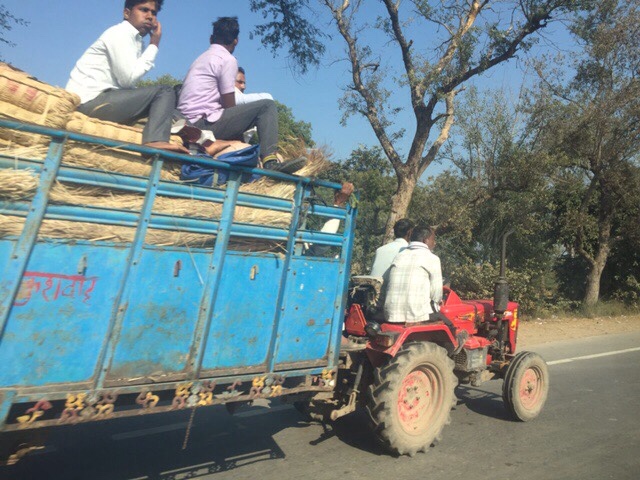
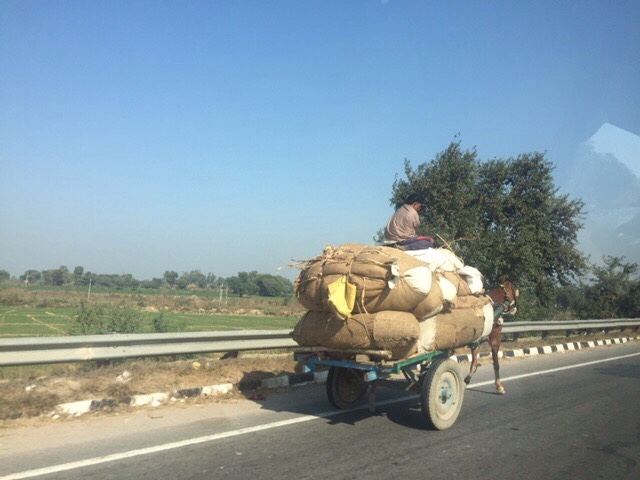
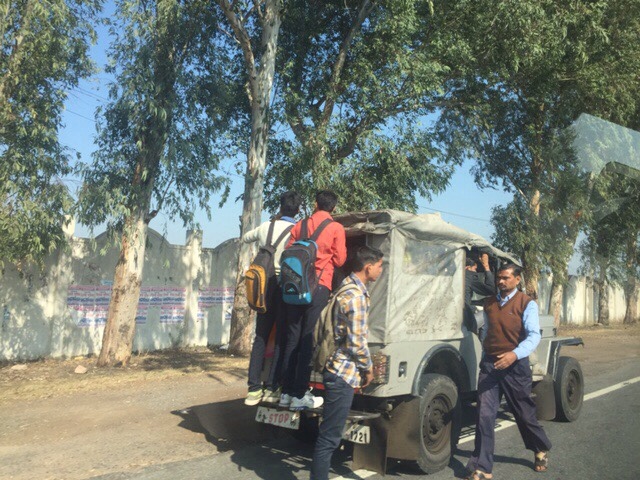
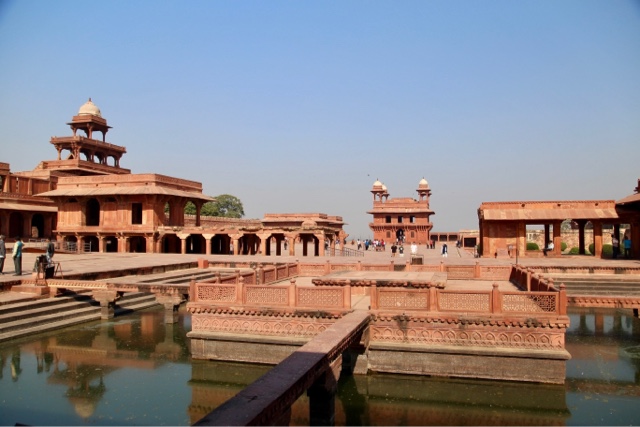
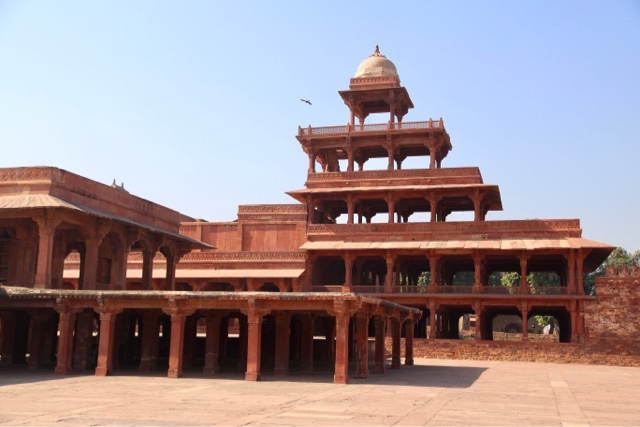
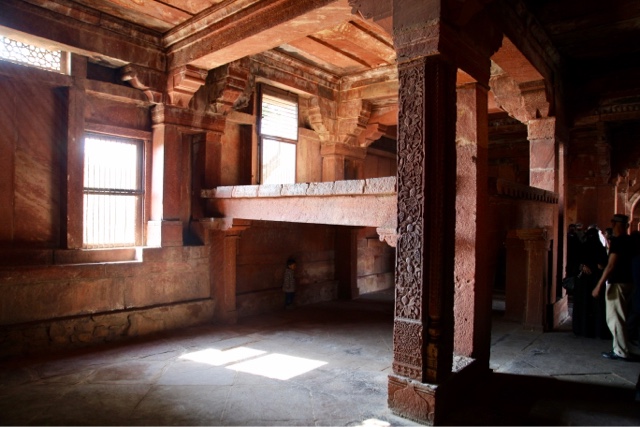
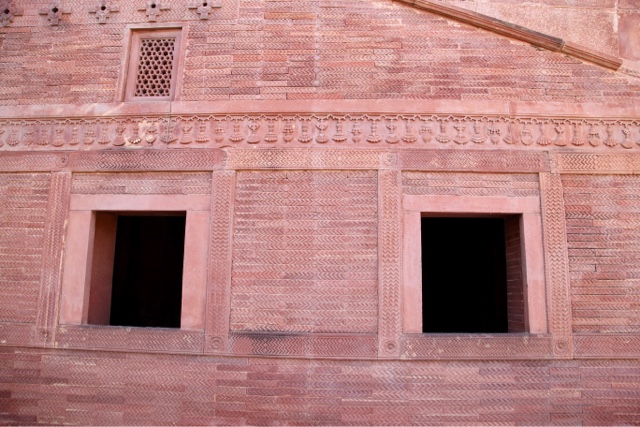
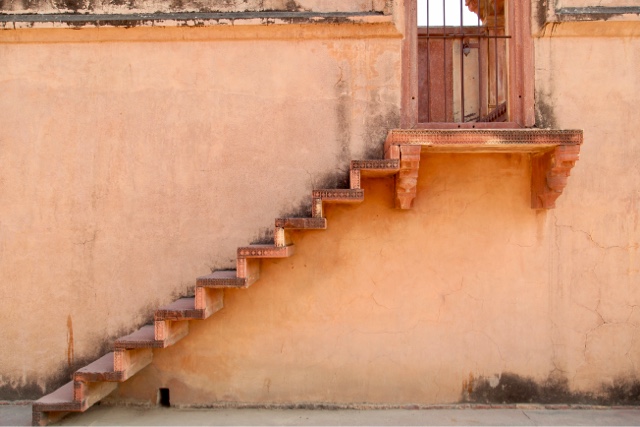
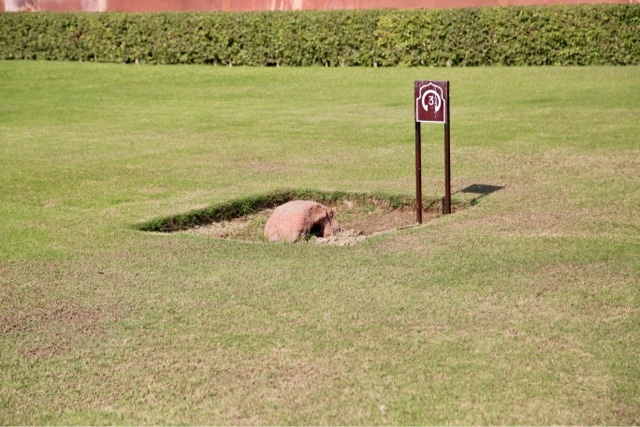
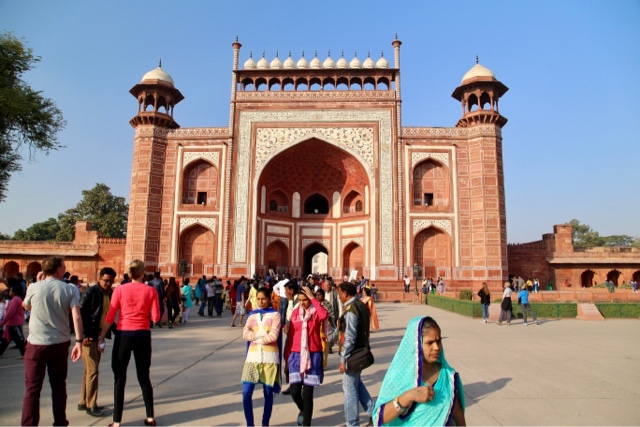
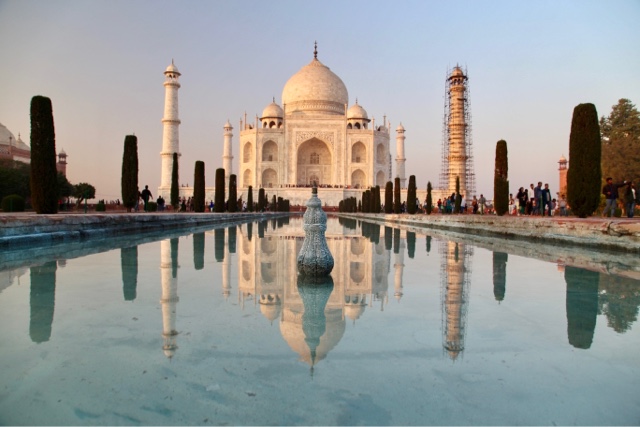
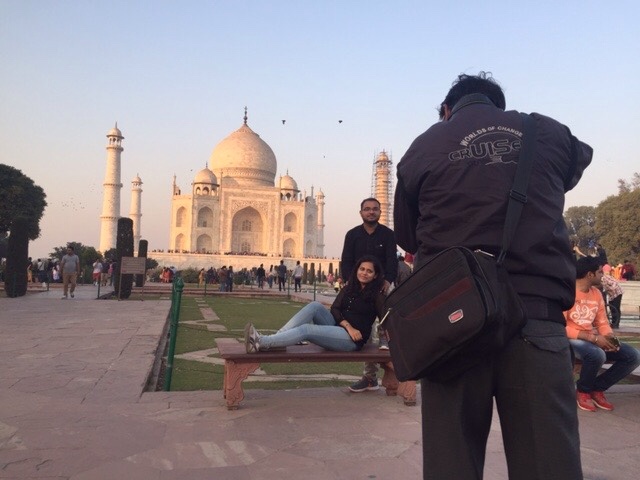
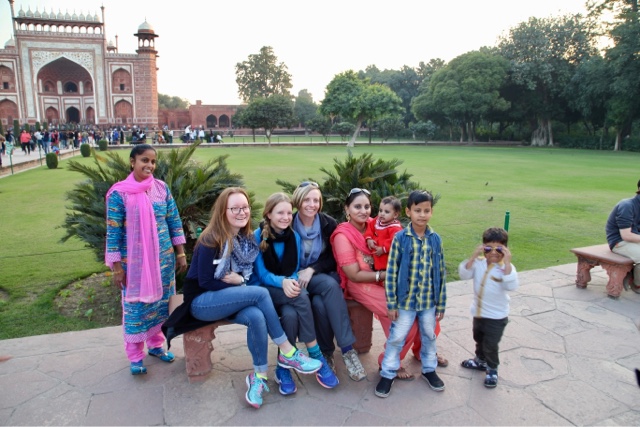
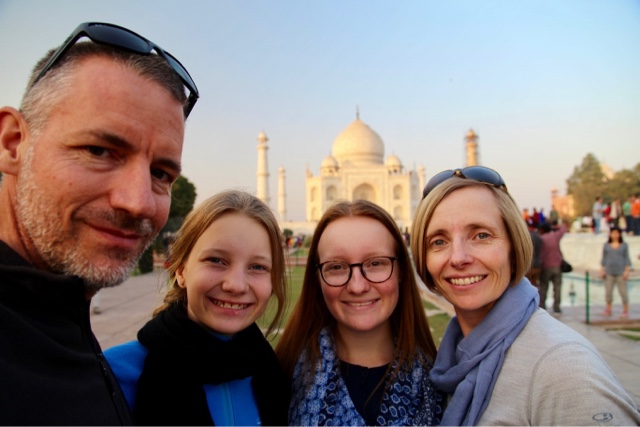
Comments are closed